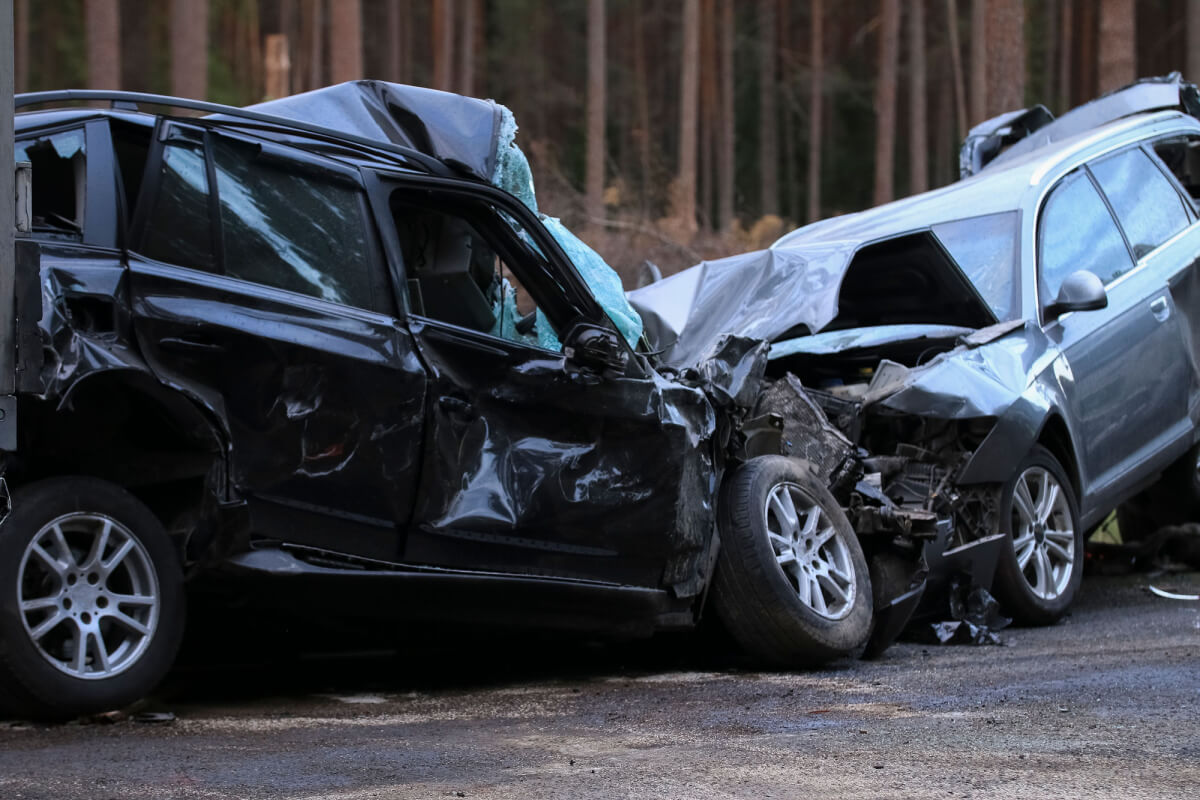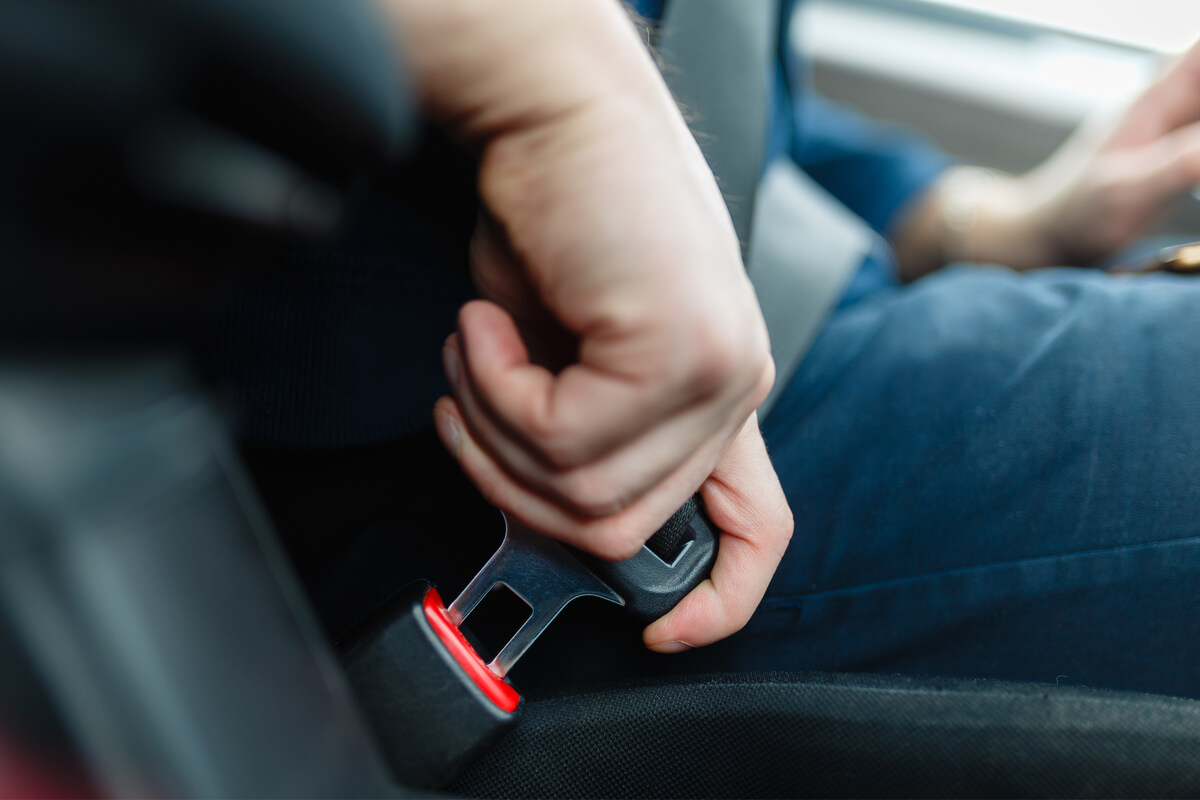
The major industries in Oklahoma – oil and gas, agriculture, and manufacturing – rely on road transportation to move their products out of the state and around the country. Although Oklahoma can’t compete with the populations of California and New York, the Sooner State is not far behind in highway miles, ranking 14th in the country.
Unfortunately, Oklahoma’s vast and busy highway network means that vehicle crashes are a frequent occurrence, sometimes with deadly consequences. The Oklahoma Highway Safety Office publishes comprehensive data on vehicle crash locations, causes and persons involved. These are just some of the fascinating, but grim statistics about fatalities from vehicle crashes in Oklahoma.
2021 Oklahoma Fatal Vehicle Crash Statistics
The Oklahoma Highway Safety Office has reported these “quick facts” for 2021 fatal vehicle crashes:
Oklahoma Drivers’ Attitudes Towards Risky Driving Behaviors
Attitudes about what drivers should and shouldn’t do while on the road affect traffic safety and the number of vehicle crashes that result in serious injury or death. In a 2021 online survey, 500 Oklahoma residents responded to a series of questions about traffic safety.
more than 93% of respondents reporting they always wore a seatbelt.
2%) talked on a hand-held phone (23.8%), used a phone to send a text or email (19.
3%), used a phone to take a photo or video (10.4%), did social media updates (6.5%) or engaged in video chat (4.9%).
Oklahoma Drivers and Seat Belts

A visual study of drivers, passengers and seat belt use was conducted by the University of Central Oklahoma in 2021.
Oklahoma Drivers and Child Safety Seats
Oklahoma has had comprehensive laws about the use of child safety seats since 2015. The law applies to all children under the age of 8. Children under 2 years old must be in a rear-facing car seat, and children between the ages of 2 and 4 must be in a front-facing car seat. Children ages 4 to 8 must be in a car seat or booster seat (or until the child is taller than four feet, nine inches.
A 2021 survey of Oklahoma drivers showed the vast majority used child safety seats:
Fatal Vehicle Crashes in Oklahoma in 2020
In 2020, the deadliest day of the week for vehicle crashes in Oklahoma was Monday. The deadliest month was October. And the deadliest times of day were between 3:30- 3:59 PM and 5:00 – 5:59 PM.
The single most deadly day for Oklahoma roads in 2020 was September 25, when in 24 hours, four women and three men tragically lost their lives in four separate vehicle crashes. Alcohol and drugs and a lack of safety equipment all contributed to the casualties. Three of the crashes involved drugs or alcohol use. Four of the victims were not wearing seat belts, and one driver, a motorcyclist, was not wearing a helmet.
Factors in Oklahoma Vehicle Crashes
According to Oklahoma Public Safety, three major factors in fatal vehicle crashes are alcohol use, unsafe speeds and type of vehicle.
If a driver under 21 is found to have any amount of alcohol in their system, they can be charged with Driving Under the Influence Under 21.
Speeding also played a part in a significant number of vehicle crash deaths, with 185 fatalities involving unsafe speeds.
Some types of vehicles are indicated in having a high risk of fatal crashes. In Oklahoma, this includes large trucks and motorcycles. In 2020, there were 75 large trucks involved in crashes with fatalities, and 62 motorcycles. Only one fatality involved a train. Sadly pedestrians and people on bicycles could also not escape vehicle fatalities, with 86 victims on foot and 12 victims on two wheels.
Although many people would associate dangerous driving conditions with darkness and poor weather, the majority of vehicle crashes in Oklahoma in 2020 occurred in daylight, and in clear conditions. A relatively small number of vehicles crashed in sleet, snow or fog.
If you are involved in a vehicle crash, we are here to help. Contact us or call 918-359-6600 today for a free case review.

When injury victims need a law firm with a reputation for excellence, turn to Graves McLain Injury Lawyers. We are a top-rated personal injury firm determined to be the best. With decades of award-winning representation, our clients recover the compensation they need to put their lives back together.